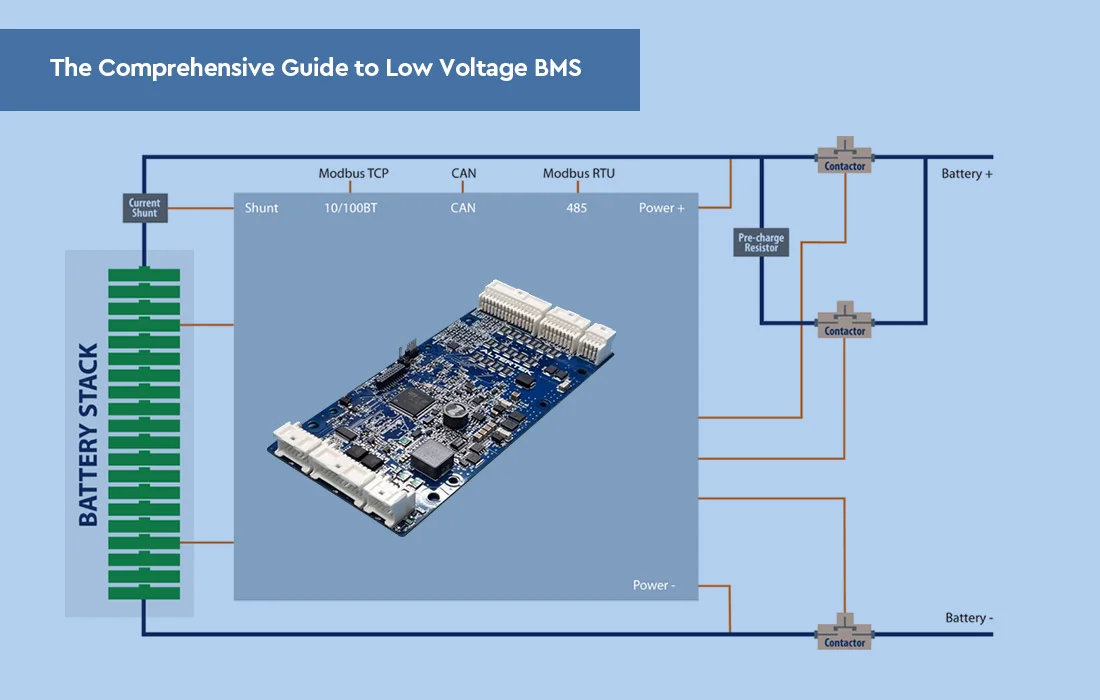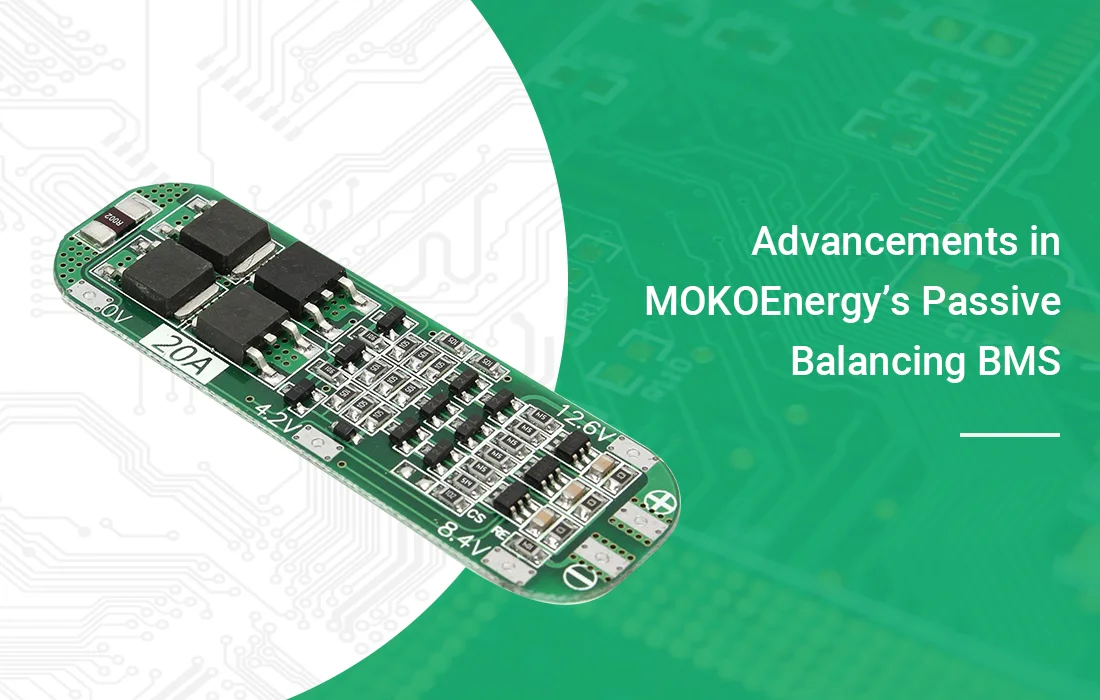Here are some key considerations and methods for calibrating the BMS board for LiFePO4 batteries in solar projects.
- LiFePO4 has a very flat voltage curve, so calibrating the voltage cut-offs accurately is important. Set overvoltage protection at 3.65V/cell and undervoltage protection at 2.5V/cell.
- The charging voltage should be limited to 3.65V/cell. Many BMS allow setting a CV charging voltage threshold specifically for LiFePO4.
- Low temperature charging: Use a charging algorithm that reduces charging current but still applies full charging voltage even down to 0°C. LiFePO4 can take high voltage even when cold.
- Current limits: Accurately set charge and discharge current limits to stay within manufacturer specs for the cells. Common charge rates are 0.2C to 1C.
- Balancing: Actively balance cells during charging since LiFePO4 is intolerant to overvoltage. Balance down to 3mV between cells.
- Temperature: Monitor cell temperatures and limit charge/discharge current if over 50°C. Consider forced cooling if temperatures rise further.
- Calibrate safety alarms: Set accurate secondary protectors for voltage, current, and temperature for redundancy.
Hope these tips can help you.




